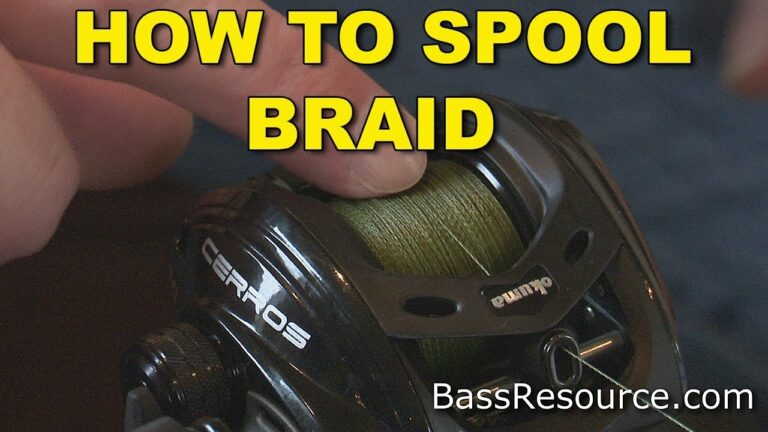Best Bait Colors for Catfish Fishing (Complete Guide)
Today we discuss the Best Bait Colors for Catfish Fishing. Catfish fishing is a beloved pastime for many anglers, but finding the right bait color can often be a challenge.
In this comprehensive guide, we will delve into the world of catfish bait colors, exploring which hues are most effective in different conditions and why.
Whether you’re a novice angler looking to up your game or a seasoned pro seeking to refine your skills, this blog post will equip you with the knowledge you need to reel in those elusive catfish.
Understanding the Role of Color in Catfish Fishing:
When it comes to catfish fishing, the role of color cannot be overstated. Catfish are known for their keen sense of smell and taste, but they also rely on their vision to locate prey. By understanding how color influences a catfish’s feeding behavior, anglers can strategically choose bait colors that will attract these elusive fish.
Catfish are not as visually oriented as some other game fish, such as bass or trout. However, they can still see colors to some extent, particularly in well-lit conditions. In murky waters or low-light environments, catfish rely more on their other senses to detect food. This is why choosing the right bait color is crucial for maximizing your chances of success.
Best Bait Colors for Catfish Fishing:
Clear Water:
In clear water conditions, natural bait colors tend to work best. Shades of green, brown, and blue mimic the colors of the underwater environment and can appear more appealing to catfish. Popular bait colors for clear water include olive green, pumpkinseed, and watermelon.
Murky Water:
In murky or muddy water, bright and bold colors are more visible to catfish. Vibrant hues like chartreuse, orange, and fluorescent yellow can stand out against the dark backdrop, making them easier for catfish to spot. Additionally, scented baits can help attract catfish in low-visibility conditions.
Stained Water:
Stained water, which has a slight tint or discoloration, requires a balance of natural and bright colors. Red and orange baits are effective in stained water as they provide a strong contrast without being too overwhelming. Earth tones like brown and black can also be successful in these conditions.
Seasonal Considerations for Bait Colors:
The time of year can also influence which bait colors are most effective for catfish fishing. Understanding how seasonal changes impact water clarity and temperature can help you select the right colors to entice catfish during different times of the year.
Spring:
In the spring, water temperatures begin to rise, and catfish become more active. Natural bait colors like green pumpkin and brown are ideal for mimicking the early spring vegetation. As water clarity improves, transitioning to brighter colors like chartreuse can help attract catfish as they feed more aggressively.
Summer:
During the summer months, water temperatures peak, and catfish tend to seek cooler, deeper waters. Bright and flashy colors such as hot pink and neon green can be effective in drawing catfish out of their hiding spots. Adding scents or attractants to your bait can also enhance its appeal in warm summer waters.
Fall:
As fall approaches, water temperatures start to cool, and catfish begin preparing for the winter months. Natural bait colors that match the changing foliage, such as brown and orange, can be productive in the fall. Darker hues like black and purple can also be effective as catfish feed more voraciously before winter sets in.
Winter:
In the winter, water clarity may decrease due to cold temperatures and reduced aquatic plant growth. Natural bait colors in muted tones like gray and silver can be effective in these conditions. Slow-moving baits with subtle action are best for enticing sluggish winter catfish.
Experimenting with Color Combinations:
While certain bait colors may be more effective in specific conditions, don’t be afraid to experiment with different color combinations to see what works best in your local waters. Mixing contrasting colors or using multi-colored baits can sometimes trigger a feeding response from catfish that are otherwise hesitant to bite.
One popular technique is to use a two-tone bait with contrasting colors on either end. This can create a striking visual effect that mimics injured or struggling prey, enticing catfish to strike. Another strategy is to alternate between bright and natural colors on your line to see which ones elicit the strongest reaction from catfish.
Tips for Maximizing Success with Bait Colors:
- Observe Local Conditions: Pay attention to water clarity, weather patterns, and seasonal changes to determine the best bait colors for your fishing location.
- Match the Hatch: Choose bait colors that closely resemble the natural prey fish in the area to increase your chances of attracting catfish.
- Rotate Your Baits: Switching between different colors and styles of bait throughout your fishing trip can help you determine which ones are most effective.
- Use Scented Baits: Adding scent attractants to your bait can compensate for poor visibility and entice catfish to strike.
- Stay Patient and Persistent: Catfish can be unpredictable in their feeding behavior, so don’t get discouraged if you don’t get immediate results. Keep experimenting with different bait colors until you find what works.
conclusion:
mastering the art of selecting the best bait colors for catfish fishing requires a combination of knowledge, experience, and a willingness to adapt to changing conditions. By understanding how color influences catfish behavior and experimenting with different hues, you can increase your chances of success on the water. So next time you head out for a day of catfishing, remember to consider the power of color in attracting these elusive fish. Happy fishing!

